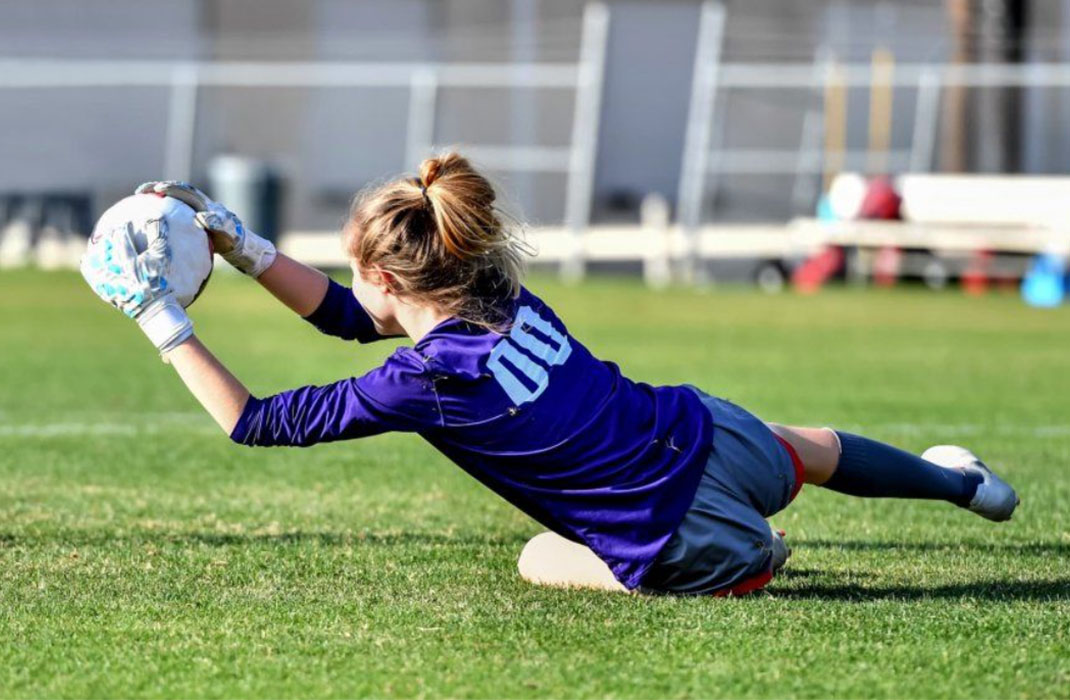-
- Find Care
-
- Visitor Information
- Find a Location
- Shuttles
- Visitor Policies
-
-
- Our Virtual Care Options
- Virtual Urgent Care
- Virtual Visits for Primary & Specialty Care
- Online Second Opinions
- Participate in Research
-
- Contact us
-
- For Innovators
- Commercialization Guide for Innovators
-
-
- Research News
- Alzheimer's Disease
- Artificial Intelligence
-
- Overview
-
- Overview
- Getting Started
- New to Mass General Brigham
- International Patient Services
- What Is Patient Gateway?
- Planning Your Visit
- Find a Doctor (opens link in new tab)
- Appointments
- Patient Resources
- Health & Wellness
- Flu, COVID-19, & RSV
- Billing & Insurance
- Financial Assistance
- Medicare and MassHealth ACOs
- Participate in Research
- Educational Resources
- Visitor Information
- Find a Location
- Shuttles
- Visitor Policies
- Find Care
-
- Overview
- Our Virtual Care Options
- Virtual Urgent Care
- Virtual Visits for Primary & Specialty Care
- Online Second Opinions
-
- Overview
- Participate in Research
-
- Overview
- About Innovation
- About
- Team
- News
- For Industry
- Venture Capital and Investments
- World Medical Innovation Forum (opens link in new tab)
- Featured Licensing Opportunities
- For Innovators
- Commercialization Guide for Innovators
- Contact us
-
- Overview
- Information for Researchers
- Compliance Office
- Research Cores
- Clinical Trials
- Advisory Services
- Featured Research
- Two Centuries of Breakthroughs
- Advances in Motion (opens link in new tab)
- Brigham on a Mission (opens link in new tab)
- Gene and Cell Therapy Institute
- Research News
- Alzheimer's Disease
- Artificial Intelligence
-
- Overview
-
- Overview
- Residency & fellowship programs
- Brigham and Women's Hospital
- Massachusetts General Hospital
- Mass Eye and Ear
- Newton-Wellesley Hospital
- Salem Hospital
- Integrated Mass General Brigham Programs
- Centers of Expertise
- Global & Community Health
- Health Policy & Management
- Healthcare Quality & Patient Safey
- Medical Education
- For trainees
- Prospective trainees
- Incoming trainees
- Current trainees
- Continuing Professional Development
- Patient Care
- Services and Specialties
- Sports Medicine
- Sports Injuries
- Knee Injuries in Sports
- Knee Cartilage Damage
What are knee cartilage injuries?
The knee joint is where the shinbone (tibia) meets the thighbone (femur) and kneecap (patella). The bones are protected and cushioned by two types of cartilage in the knee: articular cartilage and meniscus cartilage.
Articular cartilage covers the ends of each bone and the back of the kneecap. This smooth cartilage allows the bones to move easily within the joint and slide over each other without friction.
The meniscus cartilage, a tough and flexible tissue, sits between the thigh and the shin bone on either side of the knee and provides cushioning by distributing the body's weight equally across the entire knee surface.
Sudden twists and turns when loading the knee can lead to tears of the articular or meniscus cartilage. Sometimes a meniscus tear can accompany an ACL tear injury.
Knee cartilage can also wear down over time. As tissue quality degenerates with overuse or aging, there is potential for cartilage loss in the knee.
What are symptoms of cartilage damage in the knee?
With knee cartilage injuries, pain and locking of the knee can lead to difficulty with walking, running, and other activities. Pain is the most obvious knee cartilage damage symptom, but an equally frequent warning sign is recurring knee swelling. Knee pain can come from a variety of sources so it can be difficult to pinpoint cartilage damage as the reason.
Another key symptom of knee cartilage injury is a catching or locking feeling when moving the joint. In these situations, when the knee bends, you can feel it snag during the motion. In more severe injuries, the knee may lock, and you won't be able to extend your leg fully.
Additional symptoms of knee cartilage injuries include:
- Grating or popping sounds and sensations when moving the knee joint
- Stiffness in the knee
- A reduced range of motion
- Instability of the knee
- Swelling
- Increased knee cartilage pain when going up or down stairs
Reach out to our multidisciplinary team of sports medicine doctors for comprehensive knee injury diagnosis and treatment. We will partner with you to create a customized rehabilitation and recovery plan.
Types of knee cartilage injuries
Cartilage tears and other knee cartilage damage can occur gradually over time or suddenly from an injury.
A traumatic injury to the knee can tear the meniscus cartilage or the meniscus root, where the cartilage anchors to the bone. These types of injuries can be contact or noncontact or injuries. A twist or bend can overstress the cartilage and lead to a tear, or a hit on the knee can result in torn cartilage. Tearing the meniscus cartilage commonly happens to athletes but can also happen during everyday life.
Chronic overuse of the knee—whether from a repeated sports-related motion or from movements outside of sports—can cause cartilage tissue to wear down. Knee cartilage can also become rough and degenerate over time due to arthritis. Doctors often call this posttraumatic osteoarthritis.
Causes and risk factors of knee cartilage injuries
A knee cartilage injury can occur in any activity where falling or hard contact with another person or object is possible. This contact can impact the knee, tearing the cartilage inside.
Common causes of a knee cartilage injury include:
- Sustaining a hard hit to the knee, whether by running into an opponent or falling on the ground
- A traumatic twisting of the knee
- Repetitive impacts to the knee joint
The most common sports for knee cartilage injuries include soccer, running, football, basketball, lacrosse, and skiing.
Some cartilage injuries can also result from overuse injuries during adolescence and result in loose pieces of cartilage in the joint. This is called osteochondritis dissecans.
If not left to heal properly, a knee cartilage injury can cause further damage to the area around the knee, including the bones. Returning to activity before the cartilage has fully healed risks worsening the injury and increases the chance for arthritis to develop within the joint.
To decrease risk of injury, athletes should be in proper physical condition for their sport.
How are knee cartilage injuries diagnosed?
A doctor can diagnose knee cartilage injuries with a physical examination and imaging technology.
A physical examination diagnosing knee cartilage injuries often includes:
- Questions about the injury and extent of knee pain
- Observations that include a comparison of the injured knee with the uninjured knee to determine swelling and range of motion
- Movement testing to evaluate pain, range of motion, and stability
In a physical exam, a doctor will determine the severity of an injury along with any other potential damage to the knee. Imaging technology can be used to evaluate the injury further. A magnetic resonance imaging (MRI) scan can see cartilage and ligaments, helping your doctor determine the level of damage. An X-ray or CT scan can help rule out any injury to the bones and determine if there is already bone-on bone loss of articular cartilage.
Request an appointment with a Mass General sports medicine specialist if you suspect you have a knee cartilage injury. Same-day telehealth visits are often available.
Knee cartilage damage treatments
The treatment for knee cartilage injuries varies greatly based on the type of cartilage damaged, whether the cartilage is torn or degenerating, and the age and physical condition of the patient.
Following an acute injury, doctors advise rest, ice, and over-the-counter anti-inflammatory medication to reduce swelling. Since cartilage does not have a direct blood supply, it can take longer to heal, and some tears may not heal without the aid of surgery. Physical therapy and stretching designed to strengthen muscles around the joint can improve stability and aid recovery.
Knee cartilage surgery
Articular cartilage can occasionally be repaired with arthroscopic surgery to both relieve symptoms and restore damaged cartilage. Surgery can stimulate cartilage repair or graft cartilage to the knee from another source for knee cartilage replacement. If the cartilage defect is more severe, it can be necessary to do an arthroscopic surgery first and then do a larger repair surgery. Recovery from these procedures is lengthy and can take up to one year. Particularly in the patella it can take up to 18 months. Surgical procedures to repair the meniscus are more common and can usually be done arthroscopically. A meniscus surgery can include shaving off a small portion of the torn cartilage or a repair with sutures and small anchors.
Knee cartilage injury recovery time
The recovery time following injury to knee cartilage is highly dependent on the extent of the injury and the age of the athlete. If surgery is not needed, recovery can happen in six to eight weeks. Knee cartilage surgery recovery time on average takes three to four months after a meniscus repair and up to nine months after an articular cartilage repair. In severe cases it could take up to 18 months.
As athletes return to activity, they must carefully monitor knee pain and limit activities that increase the likelihood of another injury before fully healing. Athletes may need to return slowly with low-impact physical activity, such as swimming or riding a stationary bike.
Preventing knee cartilage injuries
A strong knee joint and proper warm-up can help limit the risk of a knee cartilage injury. Tips for further knee cartilage injury prevention include:
- Strengthening the knee through exercises and stretching
- Ensuring you are fit enough for your activity of choice
- Properly warming up and stretching before activity
- Improving your athletic technique to reduce the risk of abnormal twisting or bending
- Losing excess weight
FAQs
Typically, you can still walk with knee cartilage damage, but it often becomes painful. Pain will likely increase going up or down stairs. If left untreated, the pain increases to the point where walking becomes progressively difficult.
A basic X-ray will not show cartilage, but it will show the location and relationship of bones. Your doctor will look for changes in these relationships and for the alignment of your knee. This information is important to assess the joint in case a surgical repair is needed.
The lack of impact on the knee joint provided by cycling is often a healthy choice for knee cartilage.
Knee cartilage can take anywhere from six weeks to three months (for simple meniscus injuries) or 9-18 months for articular cartilage injuries to heal.
Talk with a representative at our call center
Fill out our contact form and we’ll be in touch
Talk with a representative at our call center



